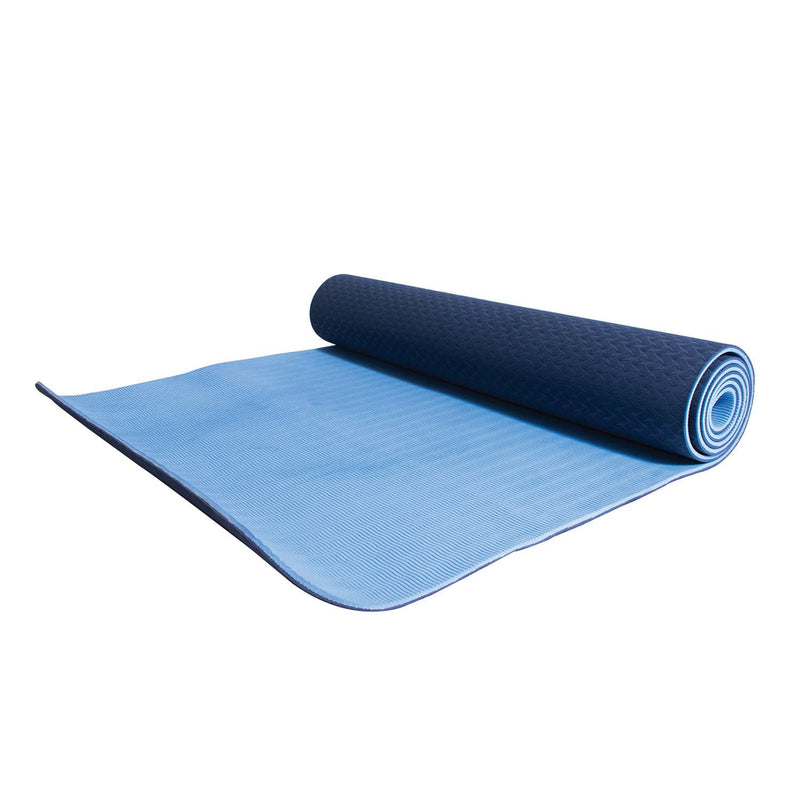How to deep clean yoga mat? Yoga is a great way to relax and stay fit, but over time, your yoga mat can accumulate dirt, sweat, and bacteria. Regular cleaning is important to ensure that your mat remains hygienic and pleasant to use. While a quick wipe down after each session is helpful, a deep clean is necessary to remove deeply ingrained dirt and odors. In this article, we will provide you with a step-by-step guide on how to deep clean your yoga mat, ensuring that it remains in top condition for your practice.
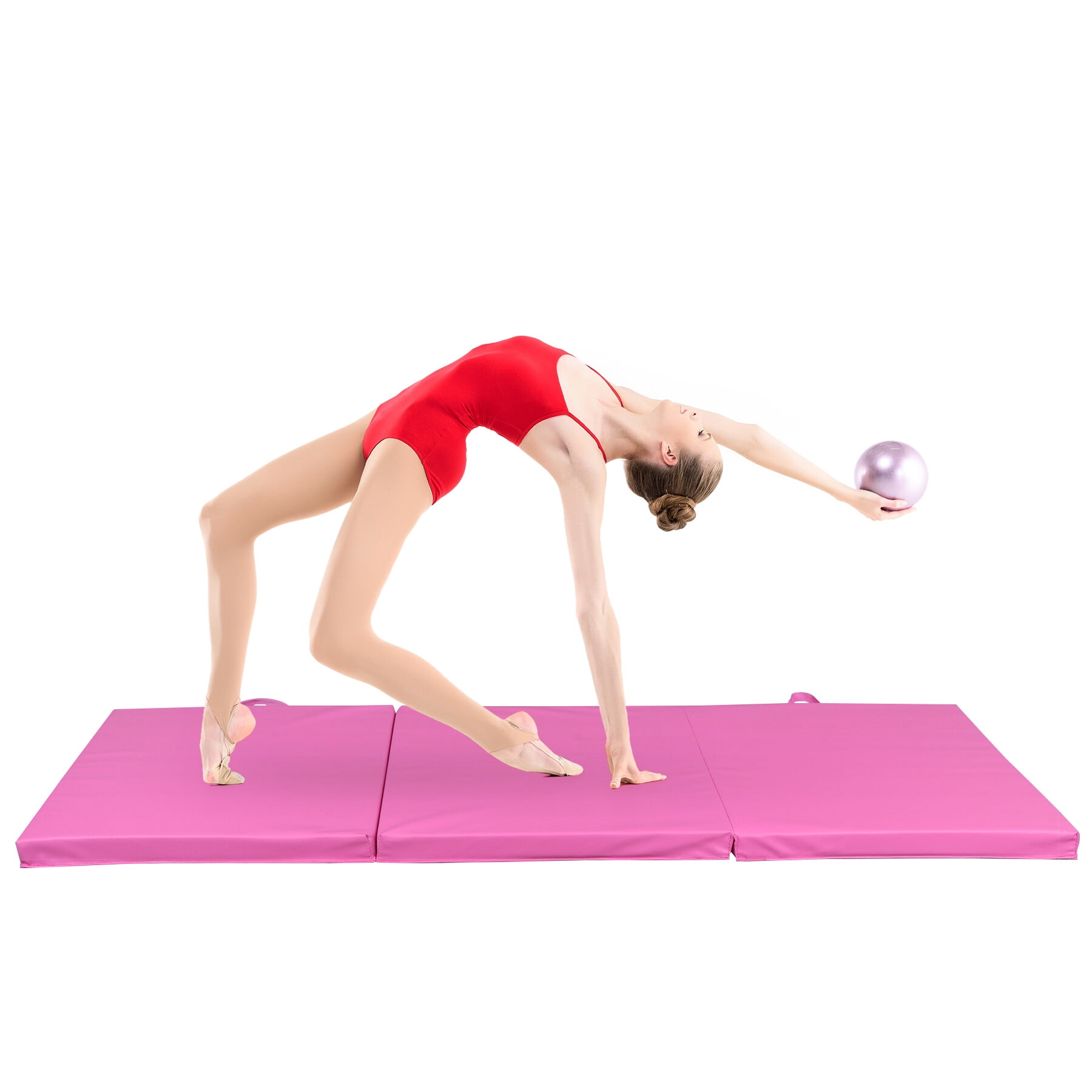
Preparation
Before you start deep cleaning your yoga mat, you will need to gather a few essential items. Here’s what you’ll need:
- Mild detergent or yoga mat cleaner
- Warm water
- Large towel or cloth
- Soft brush or sponge
- Spray bottle
- Essential oils (optional)
- Clean, dry towel
With these items ready, you can begin the deep cleaning process for your yoga mat.
Prepare the Cleaning Solution
First, you’ll need to prepare a cleaning solution for your yoga mat. Fill a spray bottle with warm water and add a small amount of mild detergent or a specialized yoga mat cleaner. If you prefer, you can also add a few drops of essential oils, such as tea tree oil or lavender, for their antibacterial and aromatic properties. Shake the bottle gently to mix the ingredients.
Lay Out Your Yoga Mat
Find a clean, open space to lay out your yoga mat. A tiled floor, patio, or deck works well for this purpose. Lay your mat flat, ensuring that it is fully extended and that the entire surface is accessible.
Spray and Scrub
Using the prepared cleaning solution, spray the entire surface of your yoga mat. Be generous with the spray, ensuring that the mat is well saturated. With a soft brush or sponge, gently scrub the surface of the mat in circular motions, paying special attention to areas that are visibly dirty or stained. This process will help to loosen dirt, sweat, and oils from the mat’s surface.
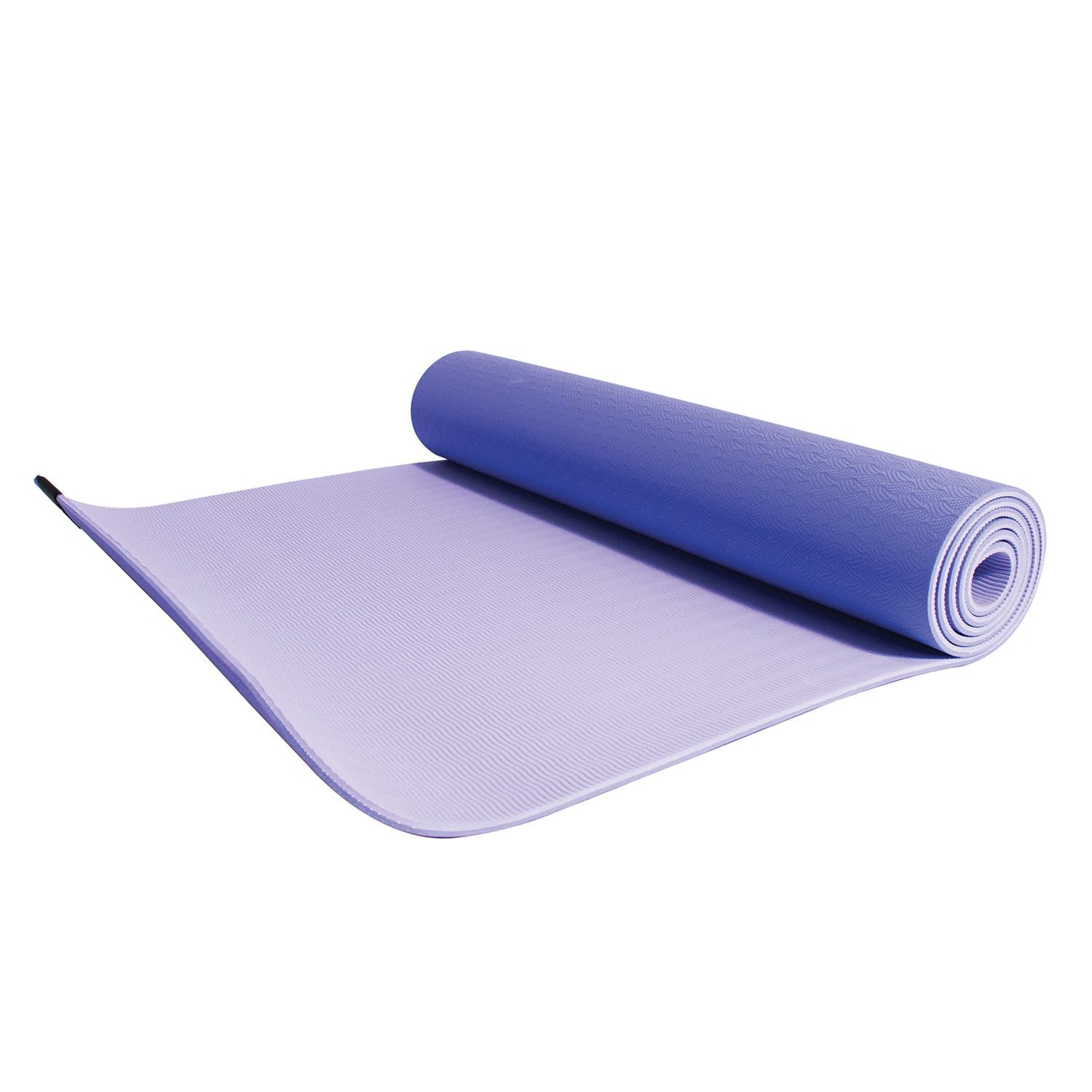
Rinse
Once you have scrubbed the entire surface of your mat, allow the cleaning solution to sit for a few minutes. Then, use a large towel or cloth to wipe down the mat, removing any excess cleaning solution and dirt. If you are outdoors, you can also use a hose to rinse off the mat thoroughly.
Air Dry
After rinsing, roll up your yoga mat and gently squeeze out any excess water. Then, unroll the mat and lay it flat in a well-ventilated area to air dry. Avoid direct sunlight, as this can cause the mat to degrade over time. Depending on the weather and humidity, it may take a few hours for your mat to dry completely.
Final Wipe Down
Once your yoga mat is dry, give it a final wipe down with a clean, dry towel to remove any remaining moisture. This step will help to ensure that your mat is fully dried and ready for use in your next yoga session.
Maintenance Tips
To keep your yoga mat in top condition, here are a few additional maintenance tips to consider:
- After each session, wipe down your mat with a damp cloth or a yoga mat spray to remove sweat and bacteria.
- Air out your mat regularly to prevent the growth of mold and mildew.
- Store your mat in a cool, dry place away from direct sunlight and heat sources.
By following these steps and tips, you can ensure that your yoga mat remains clean, hygienic, and enjoyable to use for all your yoga practices.
How to use the yoga mat
Yoga is a practice that has been around for centuries, providing numerous physical and mental health benefits. One of the essential tools for practicing yoga is the yoga mat. A yoga mat provides a non-slip surface for yoga practitioners to perform their asanas or poses. In addition to providing stability and support, a yoga mat also serves as a barrier between the practitioner and the floor. Using a yoga mat properly is crucial to ensure a safe and effective yoga practice.
Choosing the Right Yoga Mat
Before delving into the usage of a yoga mat, it is important to understand the different types of yoga mats available in the market. Yoga mats come in various sizes, materials, and thicknesses. Choosing the right yoga mat depends on the type of yoga practice, personal preferences, and specific needs. For example, if you practice hot yoga or Bikram yoga, a mat with excellent grip and moisture-wicking properties is essential. On the other hand, for restorative or yin yoga, a thicker and more cushioned mat may be preferred for added comfort. Before using a yoga mat, it is important to consider these factors and select a mat that suits your individual needs and preferences.
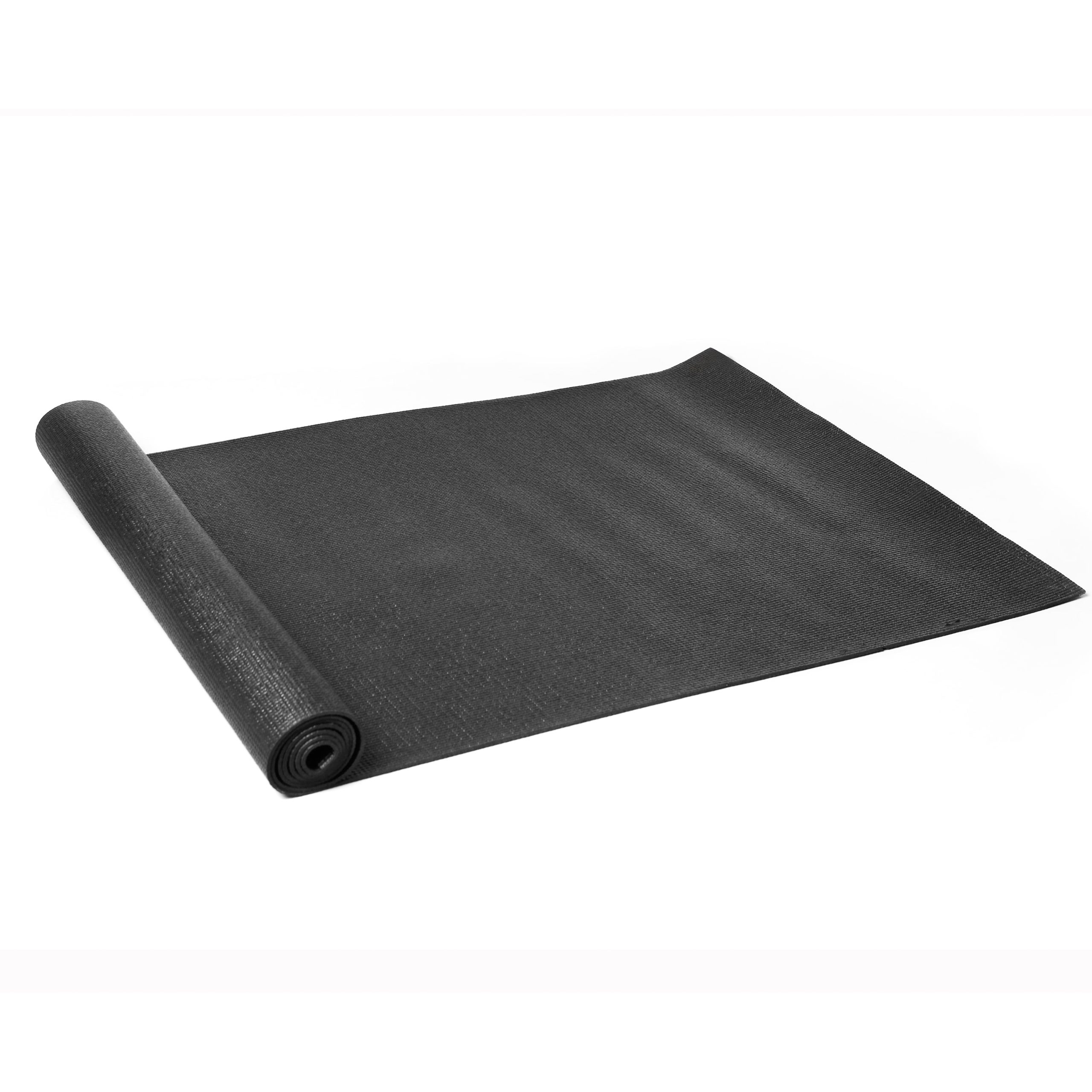
Setting Up the Yoga Mat
Once you have chosen the right yoga mat, the next step is to set it up for your practice. Find a spacious and well-ventilated area to lay out your yoga mat. Ensure that the surface is clean and free of any debris or sharp objects that could potentially damage the mat. Unroll the yoga mat and lay it flat on the floor, making sure it is even and well-aligned. If the yoga mat tends to curl at the edges, place heavy objects such as books or yoga blocks on the edges to flatten it out. Setting up the yoga mat in a clean and safe environment is crucial to prevent any potential injuries during the practice.
Positioning Yourself on the Yoga Mat
Positioning yourself on the yoga mat is essential to ensure a safe and effective practice. In seated poses, such as Sukhasana (Easy pose) or Padmasana (Lotus pose), sit at the center of the mat with your sit bones firmly grounded. For standing poses, such as Tadasana (Mountain pose) or Virabhadrasana (Warrior pose), ensure that your feet are firmly planted on the mat with the toes facing forward. Finding your center of gravity and aligning your body with the yoga mat will provide stability and support during the practice. It is important to maintain awareness of your body’s position in relation to the yoga mat to prevent any slips or falls during the practice.
Gripping the Yoga Mat
Maintaining a strong grip on the yoga mat is essential to support the body in various poses and movements. The texture and material of the yoga mat play a crucial role in providing a firm grip. For practitioners who tend to sweat during the practice, a mat with a non-slip surface or moisture-wicking properties is recommended. In poses that require the hands and feet to be grounded, such as Downward-Facing Dog or Plank pose, actively press the palms and fingers into the mat to create a strong connection. Similarly, for standing poses, engage the feet and toes to create a secure grip on the mat. Cultivating a strong grip on the yoga mat will enhance stability and support during the practice.
Maintaining Hygiene and Cleanliness
Maintaining the hygiene and cleanliness of the yoga mat is essential to prevent the buildup of bacteria and germs. Regularly cleaning the yoga mat after each use is crucial to extend its longevity and prevent any unpleasant odors. Depending on the material of the yoga mat, it can be cleaned using a mild soap and water solution or a natural mat cleaner. After cleaning, ensure that the yoga mat is thoroughly dried before rolling it up for storage. Additionally, it is recommended to use a yoga towel or a mat cover to provide a protective layer and absorb sweat during the practice. By maintaining the hygiene and cleanliness of the yoga mat, you can ensure a safe and comfortable practice.
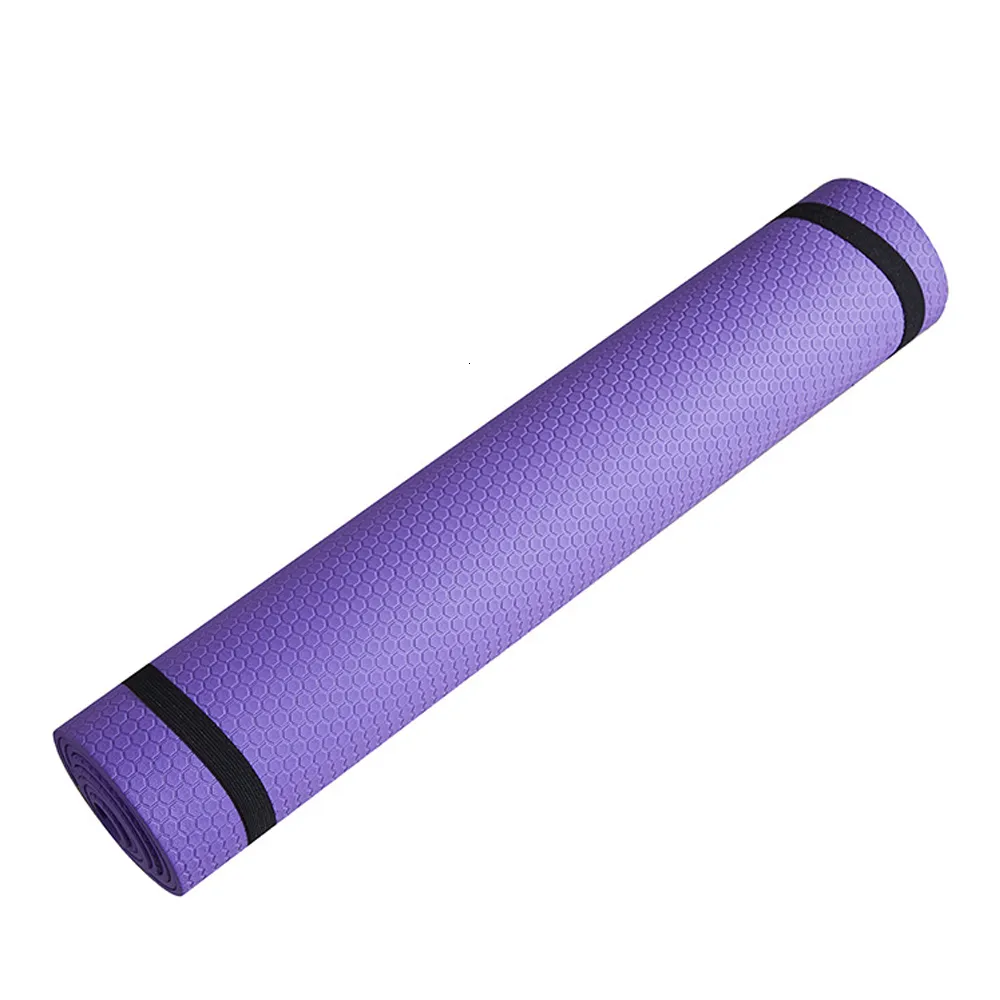
In conclusion
Deep cleaning your yoga mat is essential for maintaining its hygiene and durability. By following the step-by-step guide provided in this article and adopting regular maintenance practices, you can extend the life of your yoga mat and ensure that it remains a clean and comfortable surface for your yoga practice. So, take the time to give your yoga mat some much-needed TLC, and you’ll be rewarded with a fresh and inviting space for your yoga sessions.
